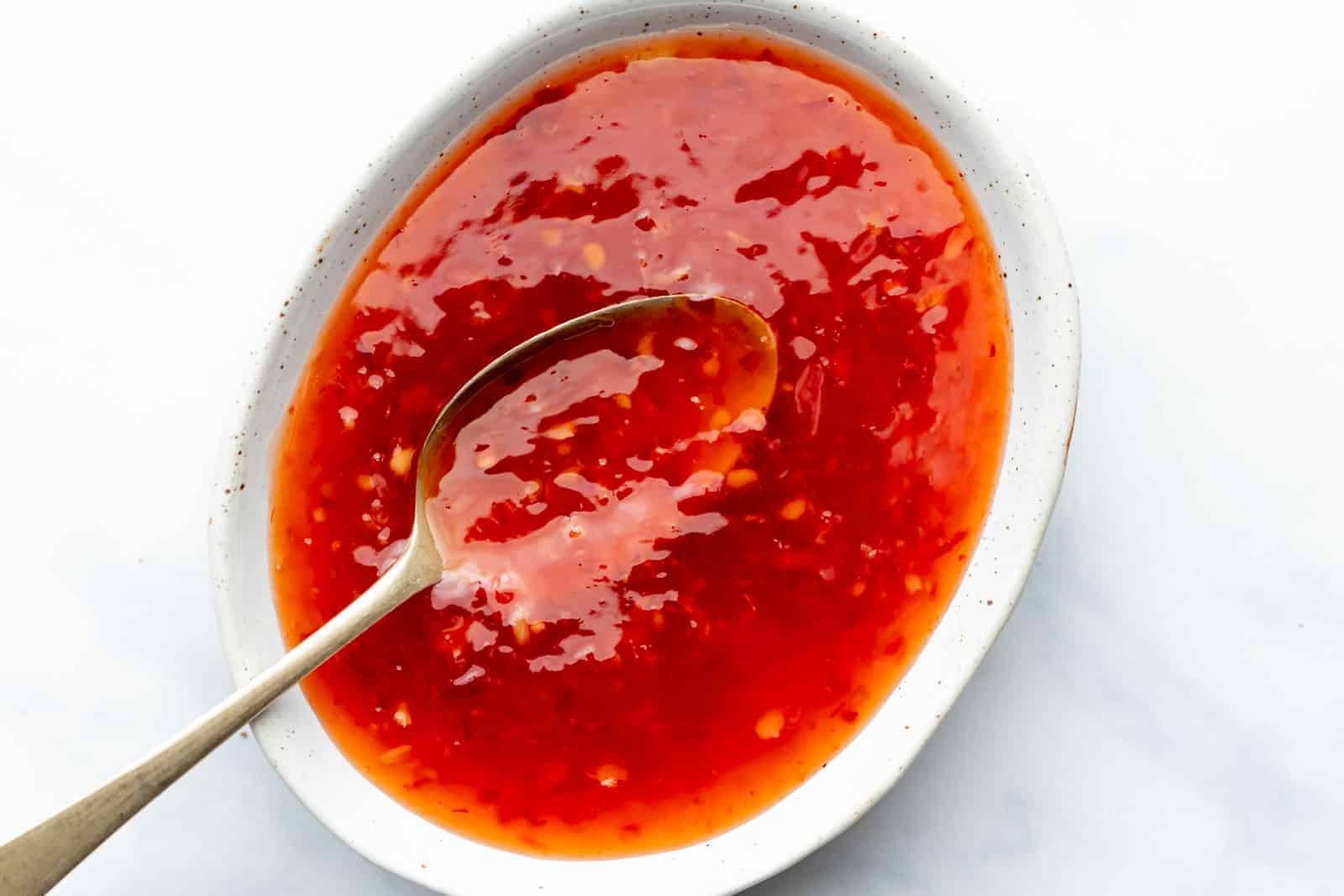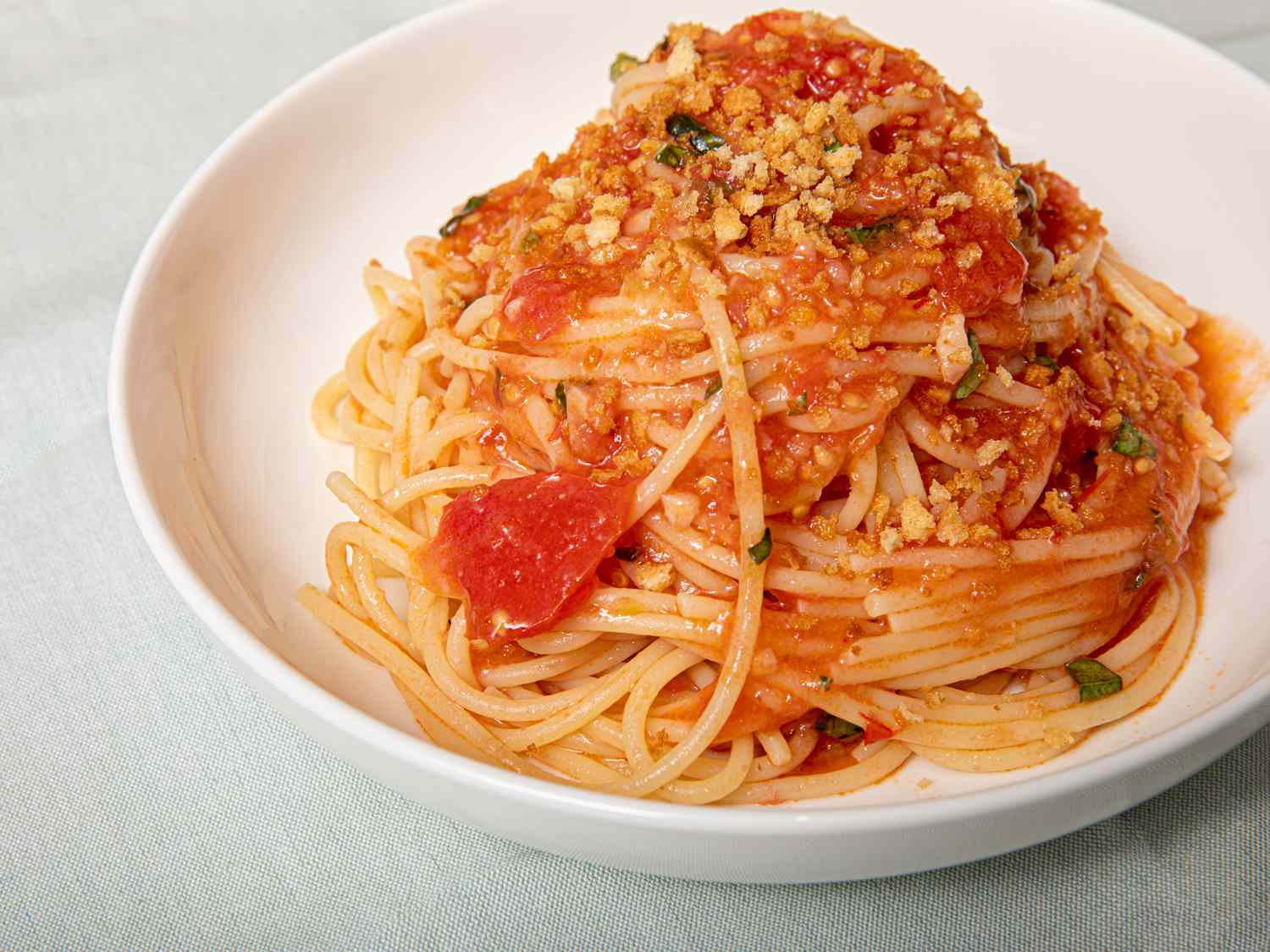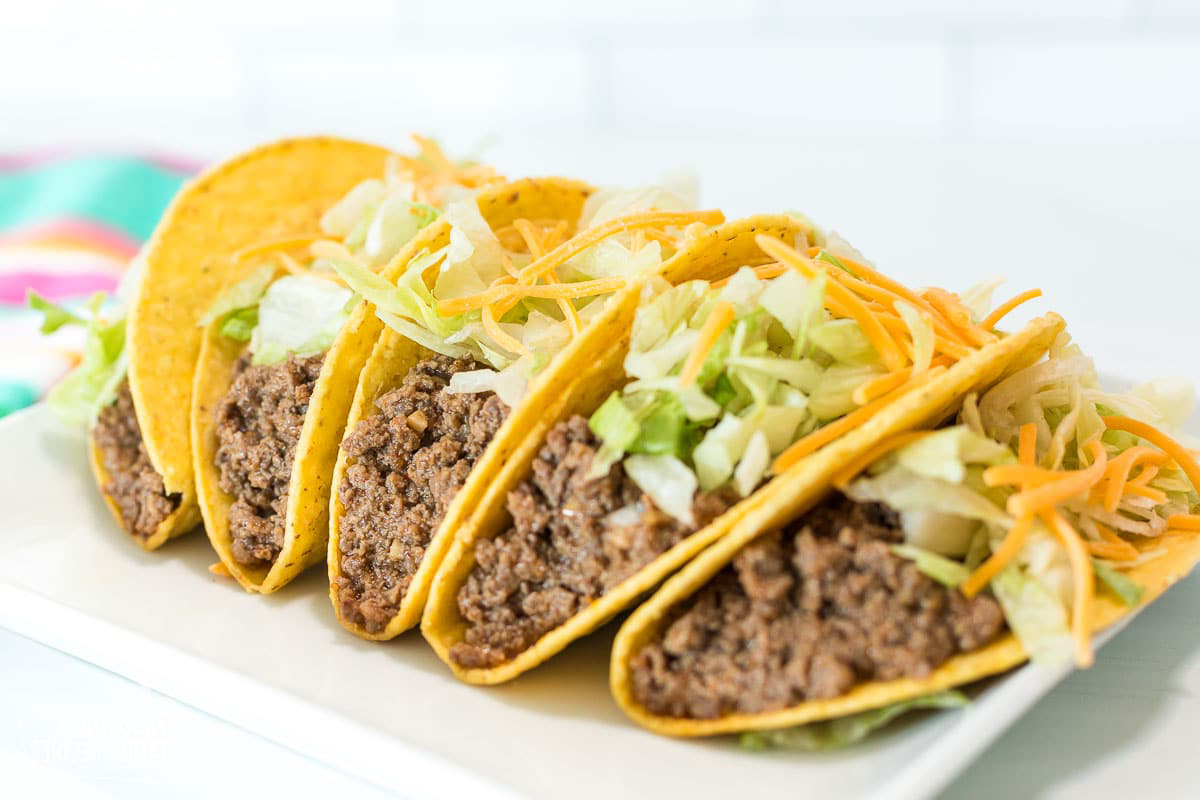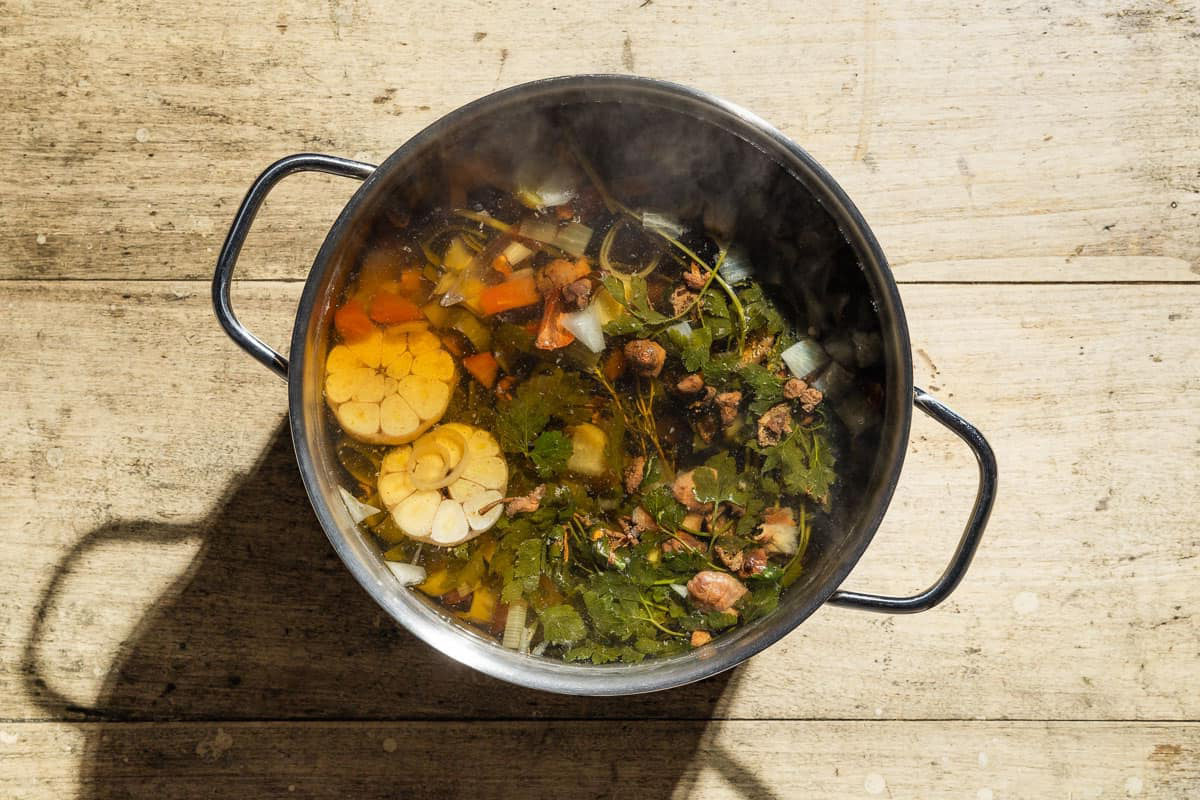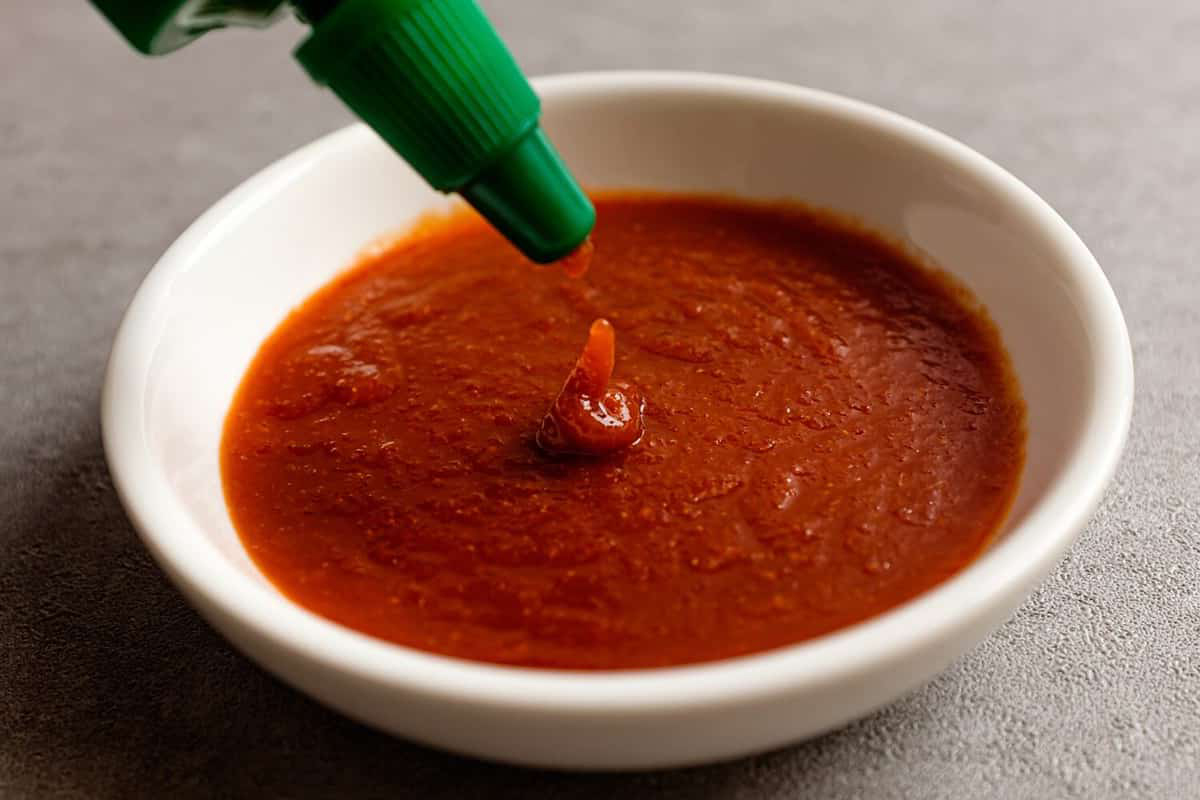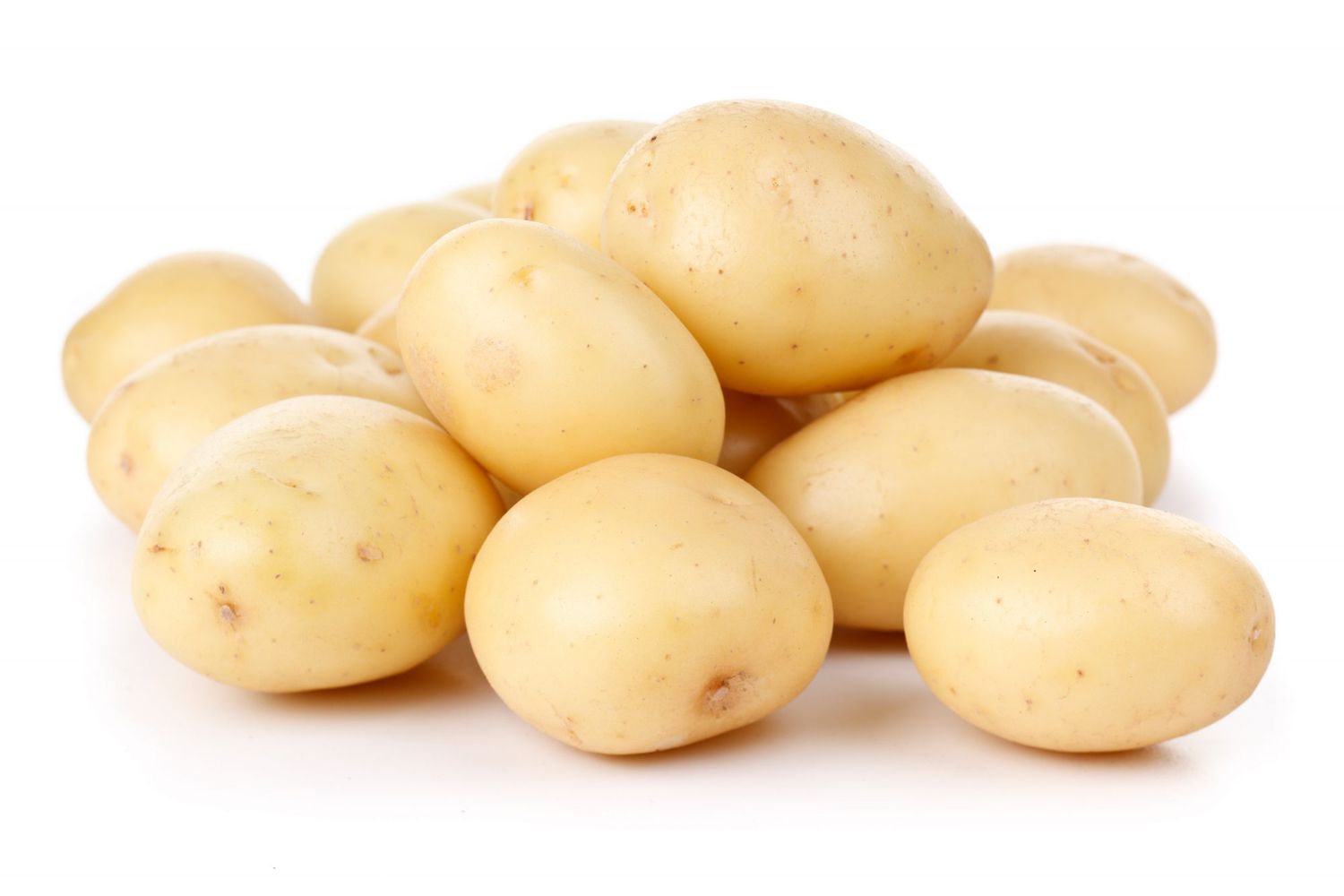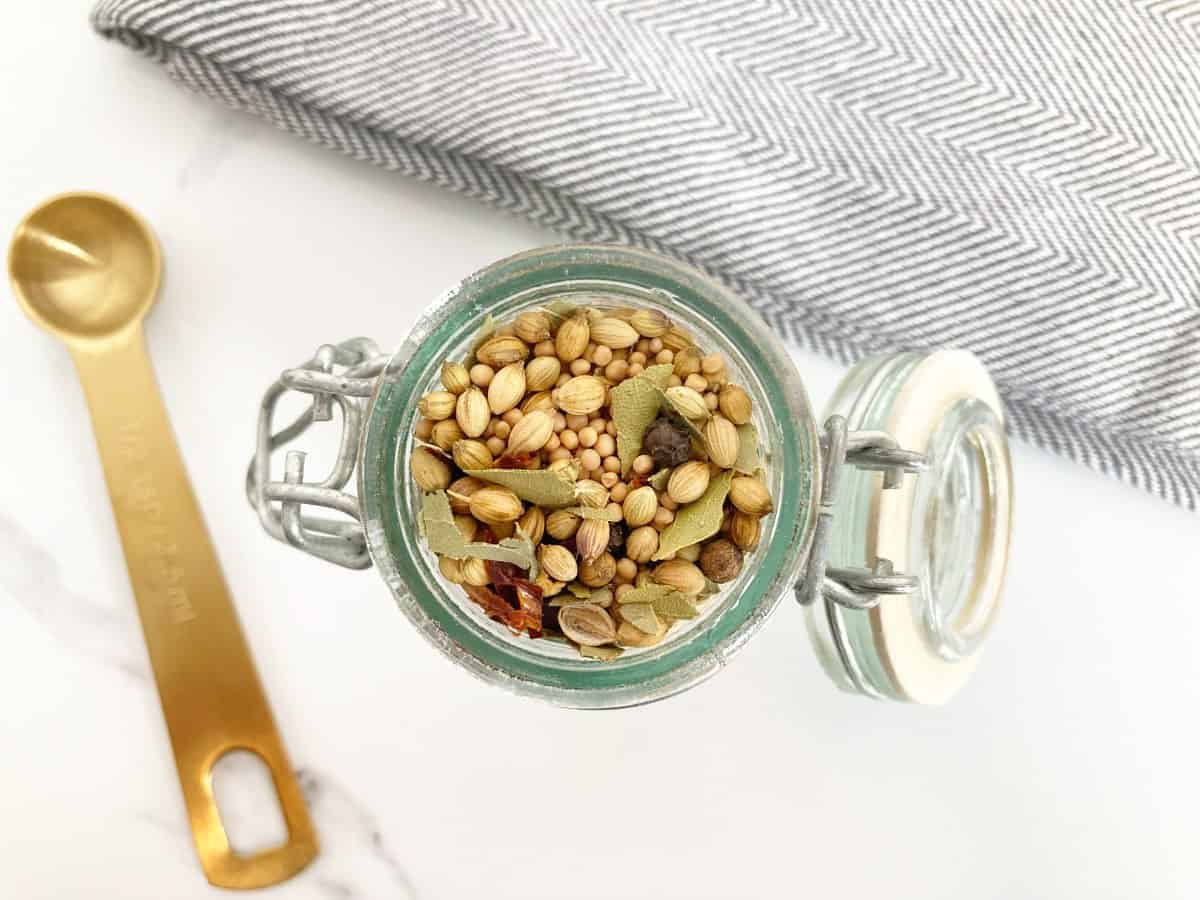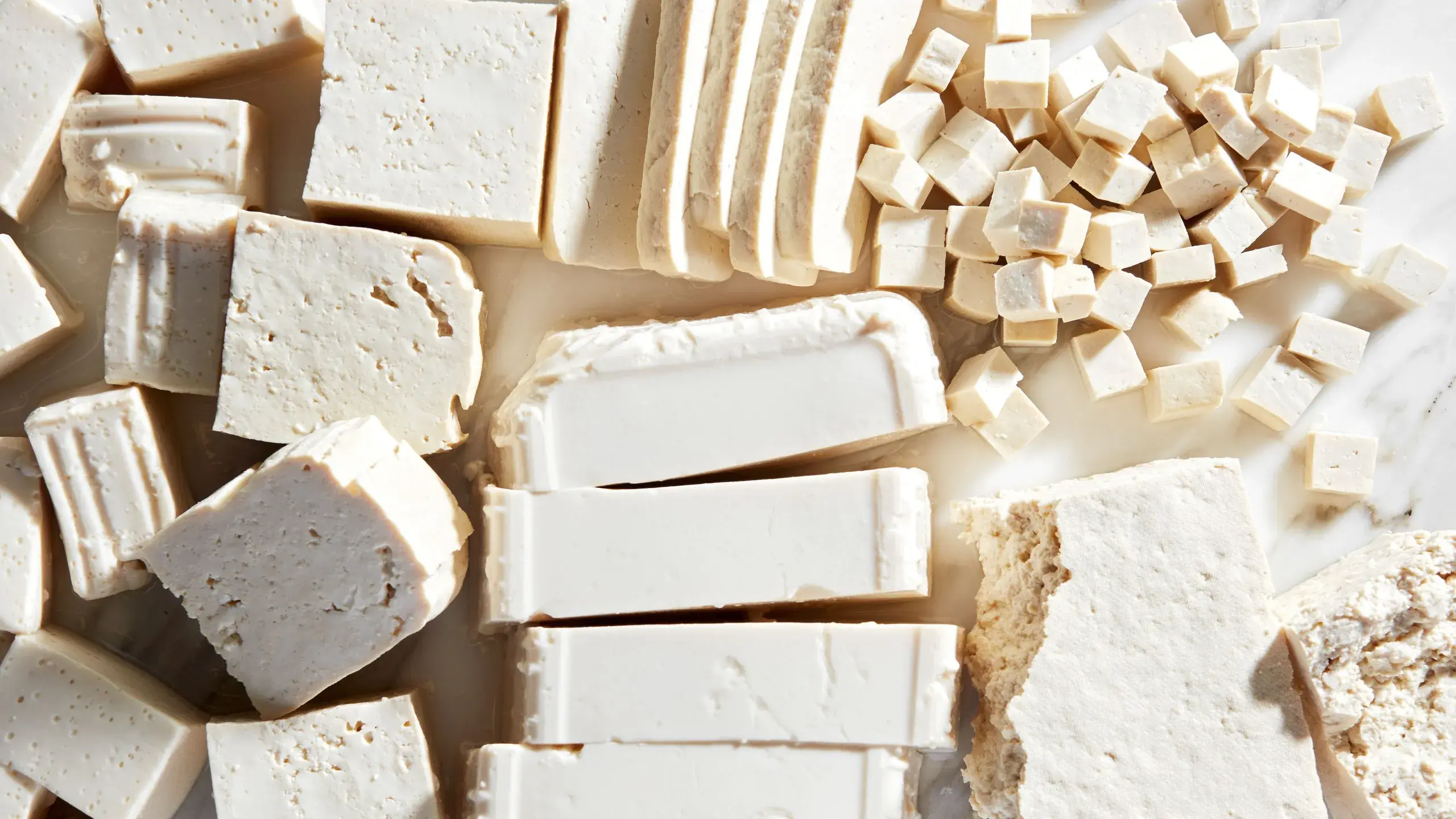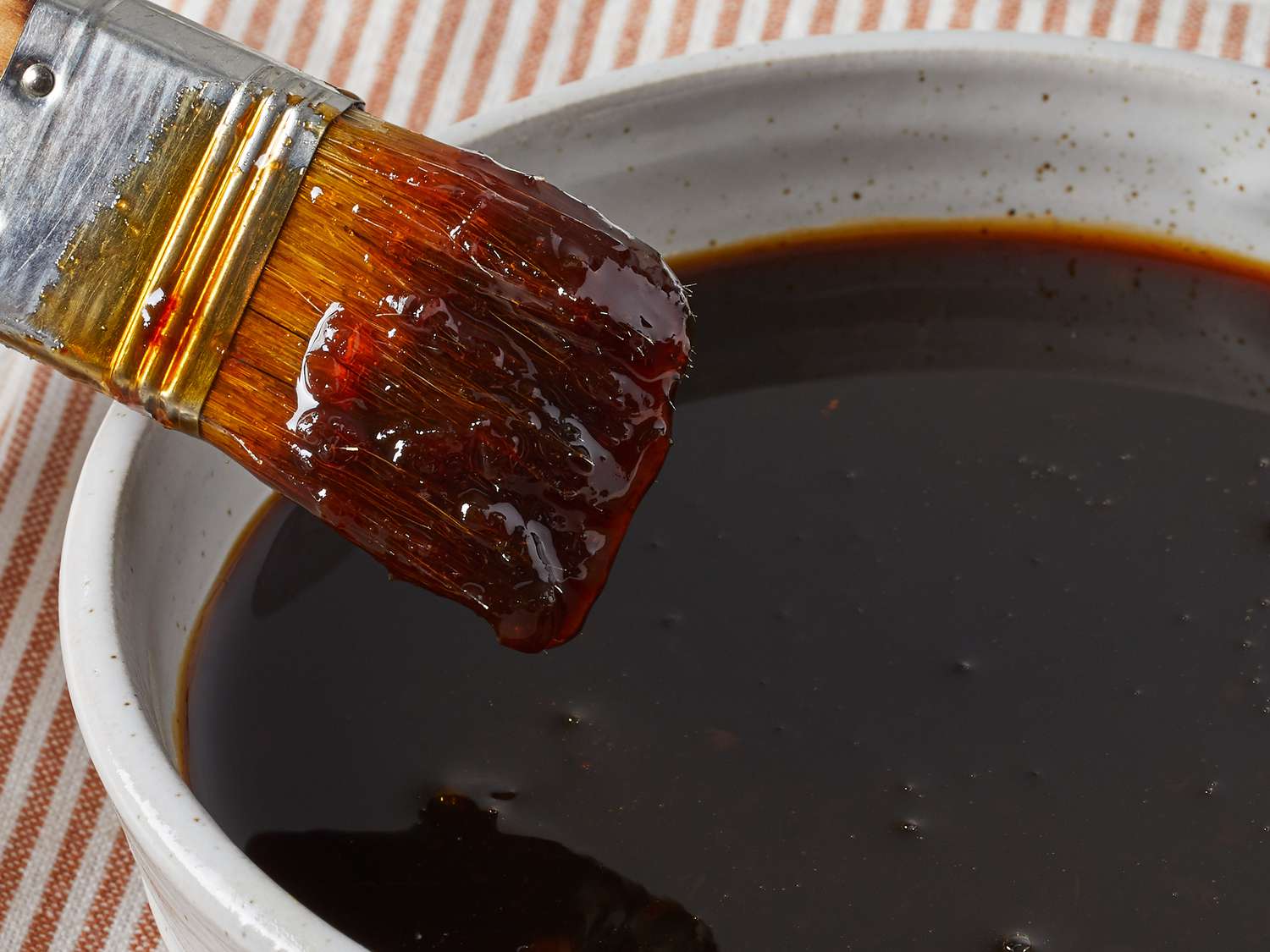When it comes to unique and delicious fruits, the pawpaw is a hidden gem that many people may not be familiar with. This tropical fruit, also known as the "poor man's banana," is native to North America and offers a sweet and custard-like flavor that is truly one-of-a-kind. In this article, we'll explore the fascinating world of pawpaw fruit, including its origins, nutritional benefits, and how it can be enjoyed in various culinary creations.
Origins of the Pawpaw Fruit
The pawpaw fruit comes from the pawpaw tree, scientifically known as Asimina triloba, which is native to the eastern United States. The tree produces the largest edible fruit indigenous to North America and has been a part of the continent's natural landscape for centuries. The pawpaw fruit has a rich history, with Native American tribes and early European settlers incorporating it into their diets and utilizing its versatile properties.
Appearance and Flavor
Pawpaw fruits are typically green when unripe and turn yellow and soft when they are ready to be eaten. The flesh of the pawpaw is a vibrant yellow color and has a creamy, custard-like texture. Its flavor is often described as a combination of mango, banana, and melon, with a hint of vanilla. This unique blend of flavors makes the pawpaw a delightful treat for those who appreciate tropical fruits.
Nutritional Benefits
In addition to its delightful taste, the pawpaw fruit offers a range of nutritional benefits. It is a good source of vitamin C, vitamin A, and several essential minerals. Pawpaws also contain significant amounts of antioxidants, which can help protect the body from oxidative stress and inflammation. Furthermore, the fruit is low in calories and high in dietary fiber, making it a healthy choice for those looking to maintain a balanced diet.
Culinary Uses
Pawpaw fruit can be enjoyed in various culinary applications, adding a unique twist to both sweet and savory dishes. Here are some creative ways to incorporate pawpaw into your culinary creations:
-
Smoothies and Desserts: The creamy texture and sweet flavor of pawpaw make it an excellent addition to smoothies, ice creams, and custards. Its natural sweetness can enhance the taste of desserts without the need for excessive added sugar.
-
Baked Goods: Pawpaw can be used in baking to create flavorful bread, muffins, and cakes. Its tropical essence adds a delightful touch to traditional baked goods.
-
Sauces and Salsas: The fruity and slightly tangy flavor of pawpaw makes it a great ingredient for creating unique sauces and salsas that pair well with grilled meats and seafood.
-
Fresh Consumption: Of course, the simplest way to enjoy pawpaw is by eating it fresh. Simply scoop out the creamy flesh and savor its delectable taste on its own.
Where to Find Pawpaw Fruit
While pawpaw fruit is not as widely available as some other tropical fruits, it can often be found at farmers' markets, specialty grocery stores, and orchards in regions where the pawpaw tree thrives. Additionally, some enthusiasts may even choose to grow their own pawpaw trees to enjoy a fresh supply of this unique fruit.
In conclusion, the pawpaw fruit is a delightful and nutritious addition to the world of tropical fruits. Its rich history, exceptional flavor, and versatile uses make it a true culinary treasure. Whether enjoyed fresh or incorporated into various dishes, the pawpaw is a fruit worth seeking out for anyone looking to expand their palate and savor the flavors of North America's native bounty.
Was this page helpful?
Read Next: What Is New York-Style Pizza?
